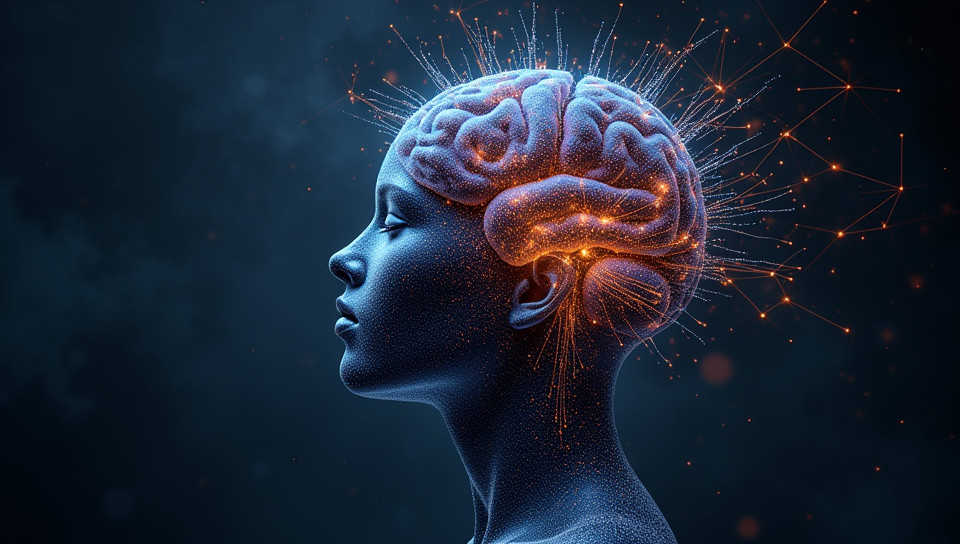Creativity involves making connections in the brain 90%

Unlocking Creativity: The Power of Neural Connections
Have you ever found yourself stuck on a problem, unable to think outside the box? Or perhaps you've been brainstorming ideas for hours, only to come up with solutions that feel stale and unoriginal. If so, you're not alone. The truth is, creativity is not just about having a genius idea or being naturally talented – it's about making connections in our brains.
Understanding How Creativity Works
When we think of creativity, we often imagine artistic geniuses like Picasso or Einstein, but the truth is that anyone can be creative. Research has shown that creativity involves two main components: divergent thinking and convergent thinking. Divergent thinking allows us to generate a wide range of ideas and possibilities, while convergent thinking helps us narrow down those options and focus on the most promising ones.
The Brain's Connection Economy
But what happens in our brains when we're being creative? Studies have shown that creativity involves making connections between seemingly unrelated concepts. When we're able to make these connections, we can come up with innovative solutions to problems and new ideas for products or services.
- Here are some key ways that neural connections drive creativity:
- Synesthesia: The blending of senses to create new experiences
- Analogical thinking: Drawing parallels between seemingly unrelated concepts
- Mind-wandering: Allowing our minds to freely associate and explore new ideas
Putting it into Practice
So, how can we tap into this creative potential? Here are a few strategies:
- Change your environment: Sometimes, all it takes is a change of scenery to get the creative juices flowing.
- Collaborate with others: Working with people from different backgrounds and disciplines can help you see things in new ways.
- Practice mindfulness: Being present in the moment can help you tap into your inner source of creativity.
Conclusion
Creativity is not just about having a natural talent or being born with a genius-level IQ. It's about making connections between seemingly unrelated concepts, and allowing our brains to freely associate and explore new ideas. By understanding how creativity works and practicing strategies that foster neural connections, we can unlock our full creative potential and achieve our goals. So next time you're feeling stuck, remember: the key to unlocking your creativity lies within – in the connections you make between your thoughts, experiences, and the world around you.
- Created by: Aada Lehtinen
- Created at: Oct. 16, 2024, 1:55 p.m.
- ID: 12996






